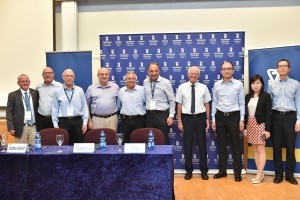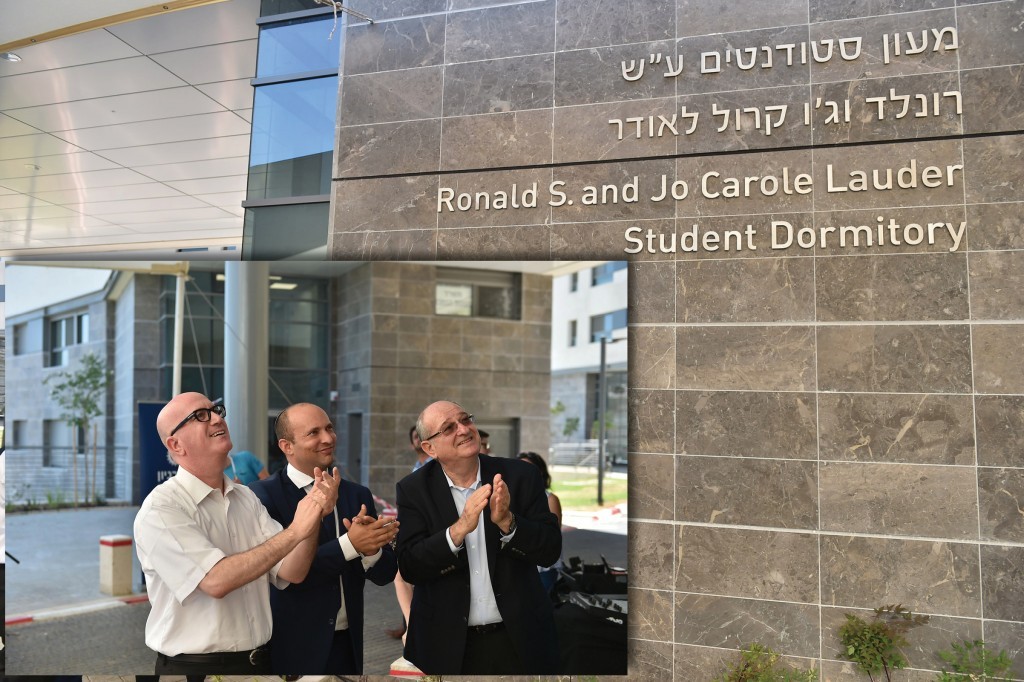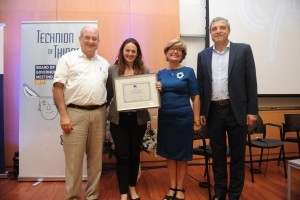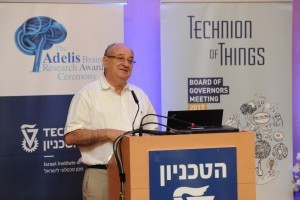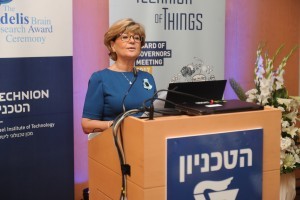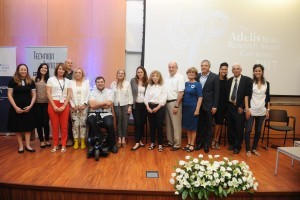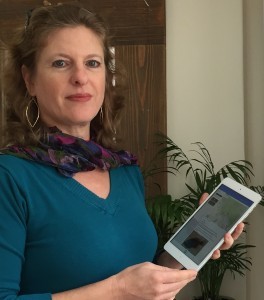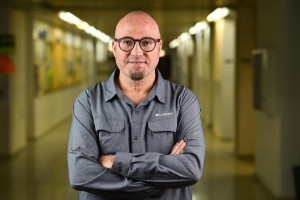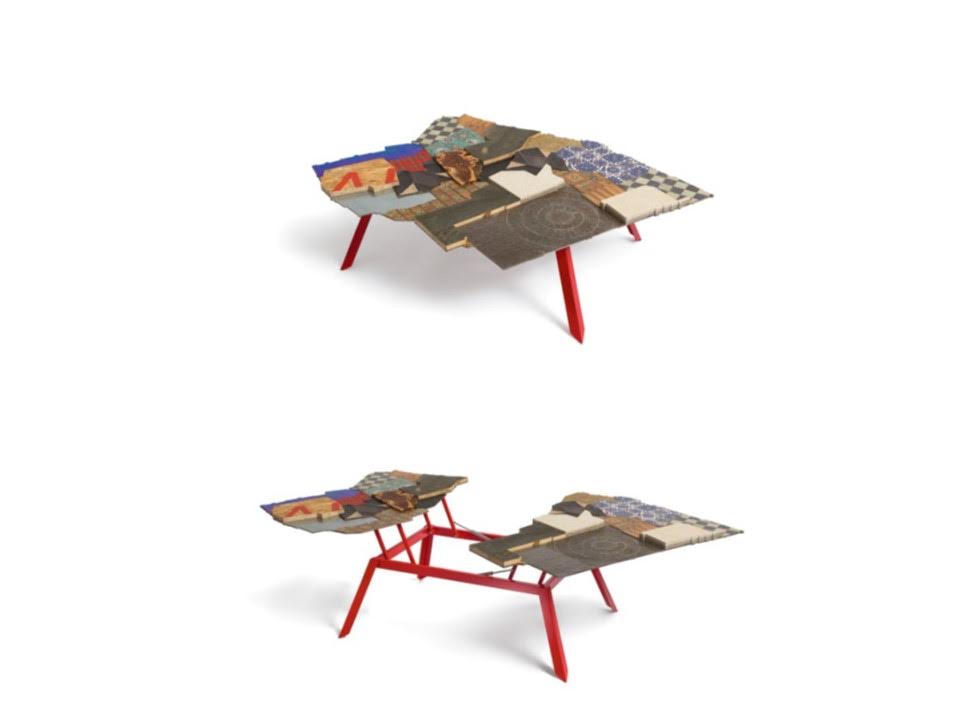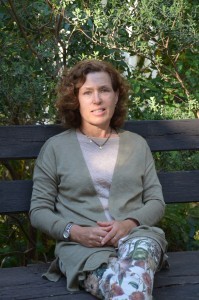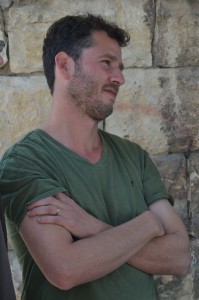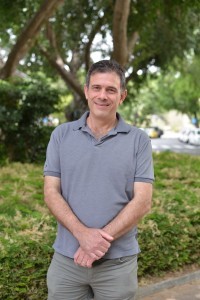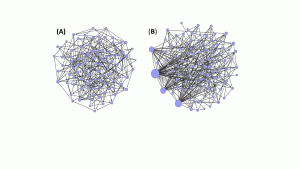MIT President at Technion: Universities Play a Major Role in Making a Better World
Prof. Rafael Reif spoke at Technion’s Honorary Doctorate Conferment Ceremony
“In the United States and in many nations around the world, now is a moment of change. As we navigate uncertainty around the globe, it is useful to remind ourselves and the world that universities can be a powerful, steady force for good. In fact, I believe that this moment offers a remarkable opportunity for research universities to be leaders: leaders in education, leaders in research, and in particular, leaders in solving problems, to make a better world.”
The remarks were made on Monday by MIT President Prof. Rafael Reif, at Technion’s Honorary Doctorate Conferment Ceremony.
Technion President Prof. Peretz Lavie spoke at the ceremony about the rapidly changing world and academia’s duty to adapt itself to these changes. “Among other things, we must provide our students with the tools they will need in the changing labor market, adopt the appropriate learning methodologies for the new world, expand a frameworks to encourage interdisciplinary research, and strengthen the triangular relationship between academia, government, and industry. Thanks to leaders like you, honorary doctorate recipients, I have no doubt that we will be able to successfully deal with the fourth industrial revolution which we are in the midst of.”
One of the recipients was Dr. Joseph Ciechanover, and esteemed Israeli diplomat and successful entrepreneur. Ciechanover led negotiations for the peace treaty with Egypt, served as Director General of Israel’s Foreign Ministry, legal adviser to the Israeli Ministry of Defense, chair of the board of El-Al, and is also a businessman. He recently took part in the negotiations that led to reconciliation with Turkey. His brother, Distinguished Prof. Aaron Ciechanover, a 2004 Nobel laureate in Chemistry and faculty member at Technion’s Rappaport Faculty of Medicine, said at the ceremony: “Words cannot describe what my brother has done for the State of Israel, and I owe him a lot. We lost our parents when I was a boy and my brother Yossi, 14 years my senior, accompanied me everywhere, hand in hand, and brought me to the point where I am today. Without him I would not be standing here before you today.”
MIT President Prof. Rafael Reif, speaking and behalf of the recipients, said, “Technion’s impact on the world is enormous relative to its size, and that is why I chose to spend my sabbatical year in 1988 here – at a university that I admire and with colleagues I deeply respect. My choice also had personal roots: in 1938, my parents fled Eastern Europe shortly before most of their families were exterminated or died of starvation and disease. My parents came to Venezuela with nothing – no language, no money, no friends. They are the ones who taught my brother and me that even if you leave your home, the one thing you will always take with you is education. Education is the tool that allows you to invent your future, and due to this perspective, I chose academia.
The following are Technion’s 2017 Honorary Doctorate Recipients, along with their citations:
Prof. Bernard Amadei
“In recognition of your pioneering research in geotechnology and your unique contributions to engineering education; with appreciation for your impact on society through the establishment of Engineers Without Borders-USA and co-founding Engineers Without Borders-International; and in gratitude for your support of its implementation at Technion.”
Dr. Joseph Ciechanover
“In recognition of your outstanding contribution to the international standing of the State of Israel; in appreciation of your relentless and multi-faceted achievements as a jurist, economist, and statesman; and in gratitude for your long-standing support of Technion and its students as chairman of the Dr. Yaakov Isler Foundation.”
Prof. David L. Donoho
“In recognition of your significant contributions to modern mathematical statistics, in particular the field of optimal algorithms for statistical estimation in the presence of noise and efficient techniques for sparse representation and recovery in large data sets; and in gratitude for your friendship and cooperation with Technion and its faculty.”
Prof. Odile Eisenstein
“In tribute to your outstanding scientific achievements and your important fundamental contributions to the fields of organic, organometallic, catalytic, and computational chemistry; in recognition of your outstanding leadership in the international scientific community; and in gratitude for your friendship and support of the scientific community in Israel and Technion in particular.”
Emanuel Zvi Liban
“In recognition of your relentless efforts to promote the Israel aviation industry and numerous innovative engineering solutions; in honor of your pioneering role in the field of jet and piston engines manufacturing, advancing Israel’s economic wellbeing and security; and in gratitude for your involvement in educating new generations of mechanical engineers in the State of Israel.”
Martin Paul Moshal
“In recognition of your significant contributions to education and industry in Israel; in appreciation for your generosity – enabling disadvantaged students to attend Technion through the Moshal Scholarship Program, thereby profoundly changing their lives and the lives of those in their communities; and for your friendship to Technion.”
Joseph Neubauer
“In tribute to your professional achievements in the business world and as the head of a Fortune 100 company; in appreciation for your contribution to many American and Israeli not-for-profit organizations and your belief in the importance of giving back; in recognition of your being a catalyst for excellence and diversity among our students and faculty; and in gratitude for your generous support of Technion and Israel.”
Prof. L. Rafael Reif
“With appreciation for your outstanding leadership, pioneering work in 3D-integrated circuits, vision for education in the digital age, and cultivation of relations between MIT and Israeli universities; and in gratitude for your instrumental contributions to Technion’s academic advancement.”

